The Great Colonnade of Apamea (8 photos)
Majestic colonnades lining the main streets are one of the distinctive features of the largest cities of the Hellenistic kingdoms, and later of the eastern provinces of Rome. Similar ensembles existed in the Eternal City itself and in other European settlements, but the eastern examples are grander. Many of them have been preserved much better. 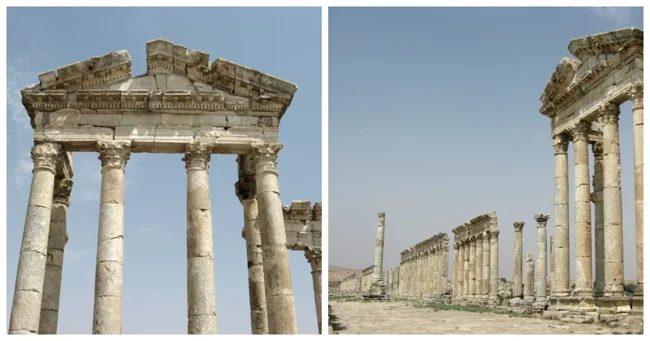
The longest of all and probably the first in terms of time of creation is the colonnade of Antioch, stretching for 2275 meters. However, almost nothing remains of it. 
Of the three best preserved ones - in Ephesus, Palmyra and Apamea - the last one is perhaps the most impressive: dozens of its columns still stand, like silent guardians of the past.
Apamea (Afamia in Arabic) is an ancient city in the Orontes River valley in the northwest of modern Syria. Founded by Alexander the Great under the name Pella, it was rebuilt in 300 BC by Seleucus I Nicator, the last of the Diadochi. The ruler expanded and fortified the city, naming it after his wife Apama. 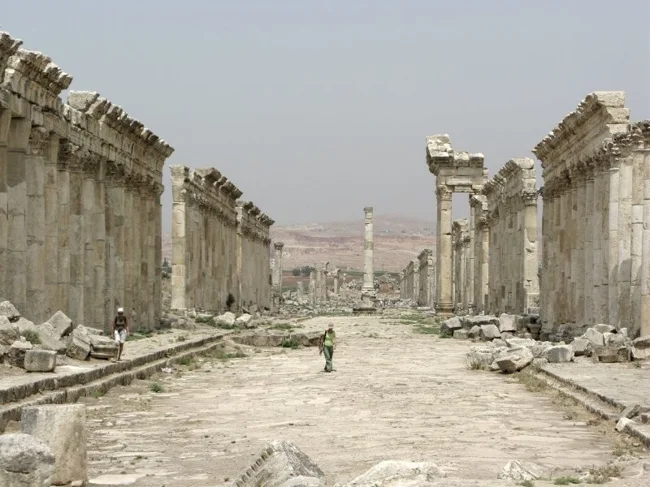
A colonnade had already appeared here, but in 115 it was practically wiped off the face of the earth. On December 13 of the same year, an earthquake of magnitude 7.5 (XI points on the Mercalli scale - catastrophic) destroyed Antioch and the entire area. Apamea lay in ruins. 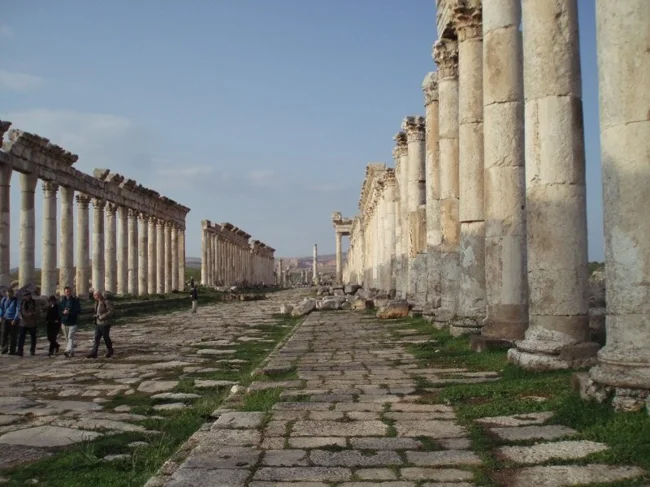
Emperor Trajan ordered the restoration to begin, and the grand colonnade was the first to be revived. The work lasted for the entire 2nd century. It ran strictly from north to south, following the cardo maximus (the main axis of the city), and stretched for almost 2 kilometers - from one city gate to the other.
At the 1,500 meter mark, it was crossed by the decumanus maximus (the second main street), and the meeting point was marked by two triple arches. Key buildings were located around the colonnade: the baths, the agora, the nymphaeum, the basilica and the Temple of Tyche. 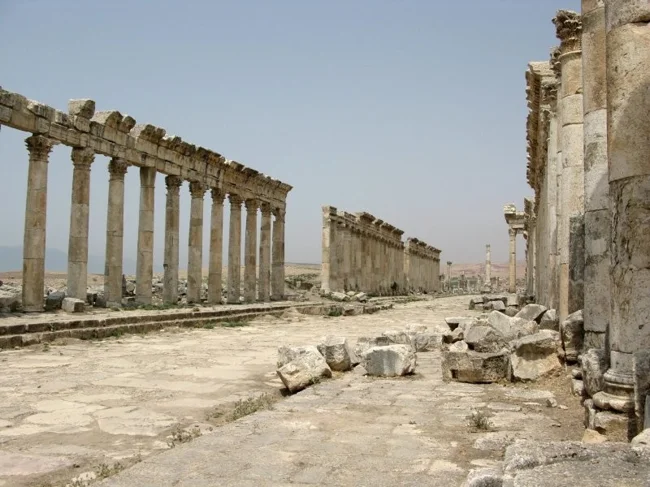
The street itself was 20.79 meters wide, and the paving was made of massive polygonal slabs. The side colonnades were 6.15 meters wide, and their 9-meter columns (almost a meter in diameter) stood on square bases (height - 0.5 meters, side - 1.24 meters).
The decoration of the columns varied depending on the era: flat patterns date back to the time of Trajan, and twisted flutes - to the reign of Antoninus Pius. The porticoes under the colonnade sparkled with luxurious mosaics. 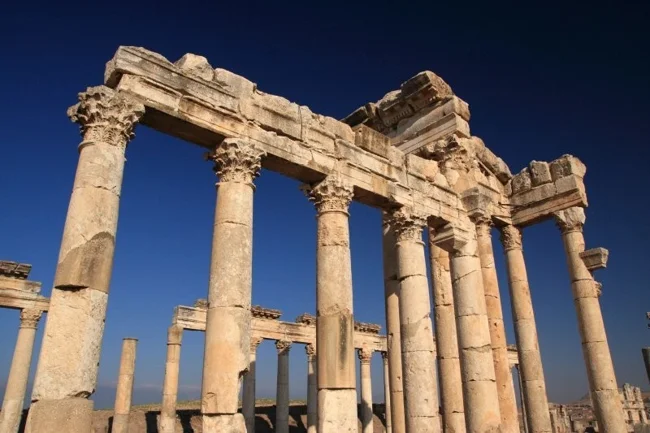
Some researchers believe that the monumentality of the ensemble was disturbed by the benches and stalls squeezed between the columns and sometimes directly facing the pavement. Perhaps that is why, under Justinian, part of the colonnade was restored, narrowing the street to 12 meters and adding 4-meter sidewalks on the sides.
Nevertheless, it remained one of the most grandiose structures of the Roman world. Moreover, a rare element has been preserved here: a row of windows above the doors of shops, typical of Roman markets.
Treasure City 
According to the census of 6 AD (recorded on the funerary stele of Quintus Aemilius Secundus), Apamea was home to up to 500,000 people. Destroyed in the 6th century by the Persian king Khosrow I, it was partially restored after the Arab conquest of Syria in 638. The city was finally finished off by an earthquake in 1152.
It is curious that the Greeks called Apamea a kibot - a money chest (because of its wealth). But this same word in its exact meaning meant "ark", and from the 3rd century the city minted coins with the image of Noah's Ark. Apparently, local Christians believed that it was here, according to the Bible, that the ark stopped after the Great Flood. 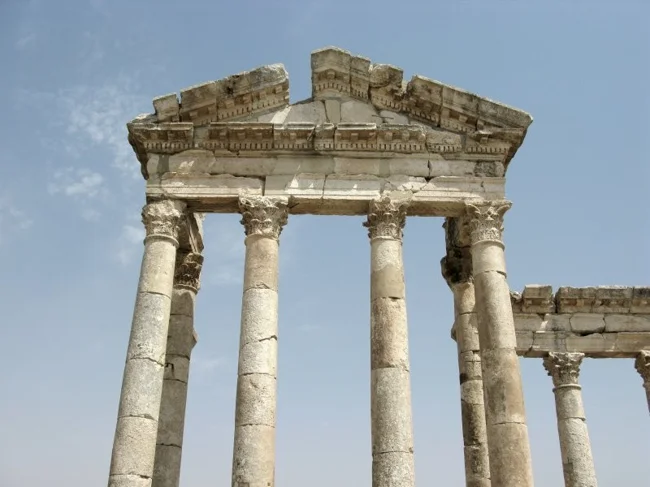
The Apamea Colonnade is the most impressive surviving example of the ancient urban axis and one of the most majestic streets in the history of architecture. It surpasses all others in three parameters: size, straightness and the number of surviving columns.






























